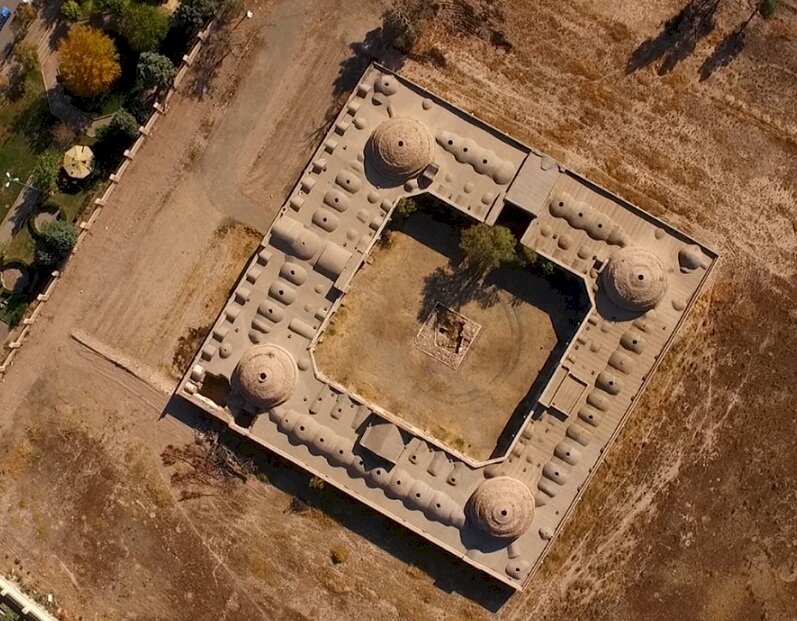Ancient caravanserai of Yengi Imam restored

TEHRAN - All four domes of the historical Yengi Imam caravanserai, dating from 17th century in northern Alborz province, have been fully restored after almost five months of work.
The United Nations Educational, Scientific, and Cultural Organization provided financial support to restore the ancient caravanserai, Abbas Noori, the deputy provincial tourism chief, said on Wednesday.
UNESCO paid 4.2 billion rials ($100,000 at the official rate of 42,000 rials) for the third phase of the caravanserai’s restoration project as a part of the Silk Roads Heritage Corridors project in Iran, Afghanistan, and Central Asia, the official added.
The caravanserai is one of the most important forms of Persian architecture, which emerged across the Silk Roads, and offers a unique venue for exchanging goods and traditions among travelers coming from the most diverse cultures. Stylistically, this building dates to the 17th century (11th century AH).
The building takes the form of a square with a central courtyard. At the center of the courtyard is a square platform accessed via a short flight of stairs. Four iwans open onto the courtyard at the center of its four sides.
The corners of the courtyard are angled, and passageways lead off of these corners onto octagonal domed halls.
Between the iwans and the corner passages are three shallow alcoves opening onto three small chambers (making for a total of six on each side of the courtyard). The octagonal domed halls lead onto wide corridors that run behind the aforementioned chambers.
According to the UN cultural body, UNESCO and the European Union launched the project “Silk Roads Heritage Corridors in Afghanistan, Central Asia, and Iran – International Dimension of the European Year of Cultural Heritage” in October 2018. The overall project objective is to strengthen the contribution of culture to sustainable progress, notably through heritage-based tourism development, diversification of tourism products, and delivery of high-quality visitor experiences along the Silk Roads heritage corridors in the participating countries.
Within the framework of this project, several Silk Roads heritage sites in Afghanistan, Central Asia, and Iran will be selected for conservation/restoration, rehabilitation, and promotion to reveal their importance for the cultural identity of the region and for promoting intercultural dialogue and social cohesion. Historically, the Silk Road was a network of trade routes connecting China and the Far East with West Asia and Europe.
For thousands of years, the Silk Roads have connected civilizations and brought peoples and cultures in contact with each other from across the world, permitting not only an exchange of goods but also an interaction of ideas and cultures that have shaped our world today.
This project is jointly implemented by UNESCO Tehran Cluster Office and Iran’s Cultural Heritage, Tourism and Handicrafts Ministry with the financial support of the European Union.
ABU/MG
Leave a Comment